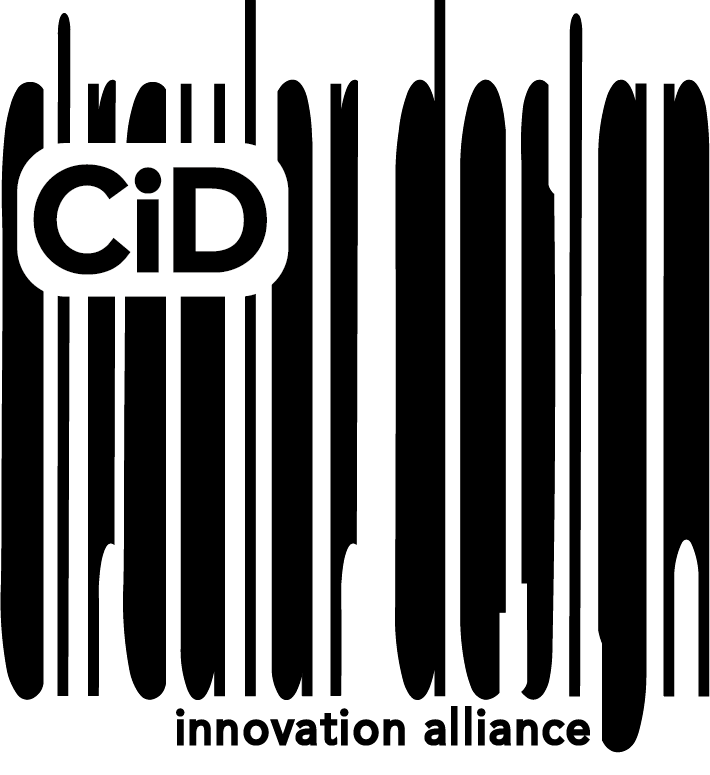
research
CiD organises three research and innovation dimensions: (1) to orient circular design towards carbon-neutral cities, 2) bio-based innovation for buildings, and (3) to rethink design for a circular economy. For the co-creation of knowledge in these transversal dimensions, CiD bring together research, education, and the broader socio-economic environment at local and European level in a multi-actor approach and interdisciplinary approach.
3
1
2

1
Circular Urbanism
for transformation towards climate-neutral and sustainable cities
by Territorialdesign Leibniz University Hannover, Architektūros Fondas, Ersilia Foundation, Architects' Council of Europe
-
Circular Urbanism is about how to bring circularity thinking into city-making. It develops a design research approach to connect dynamics between space and society for urban transiQon towards climate-neutrality and sustainabilty. Focus is on linkages between structural change in the urban fabric and processes of change, the acQvaQon and engagement of stakeholders with the manifest change of public, community, and private space, their experience and cultural expression. Oriented towards the New European Bauhaus Principles, Circular Urbanism targets specifically a creaQve and cultural dimension in order to reach sustainability as well as social inclusiveness and economic innovaQon.
The research targets four main fields to bring circularity thinking into city-making: (1) Recycling the City: an understanding of the city as material for change combines larger territorial strategies for the acQvaQon and networking of places, neighbourhood intensificaQon and densificaQon, and the re-use and maintenance of building stock. (2) Territorial Flows: organisaQon of flows to recycle building elements and building networks for exisQng and new bio-materials are invesQgated in a perspecQve of territorial innovaQon with spaQal, economic, social, cultural, and ecologic impact. (3) Process design for urban change links acQvaQon and empowerment to mechanisms between boUom-up and top-down iniQaQves, goverance, policies, and parQcipaQon, and highlights co-creaQon to change frameworks for planning and building towards urban regeneraQon. (4) InnovaQon in methodology and tools for data analysis, scenarios, narraQves, and interacQon exceeds beyond convenQonal tools in urban design and planning, inspired by a design research approach.

2
Bio-based innovation for Buildings
by Institute of Advanced Architecture of Catalonia, Materiom Ltd., Consiglio Nazionale delle Ricerche

3
Design for Circular Economy
by University of Genova and Tallinn Creative Incubator

challenges


